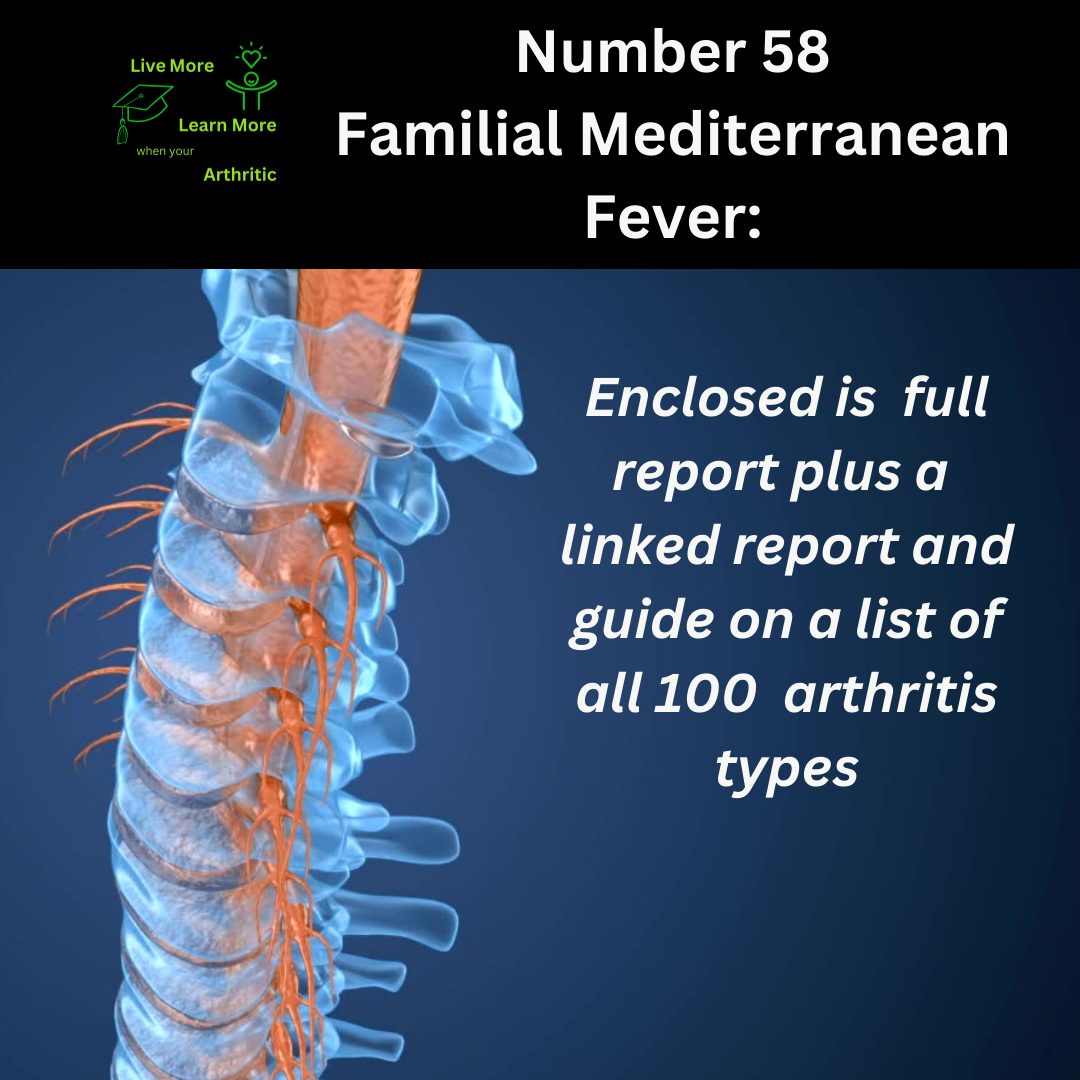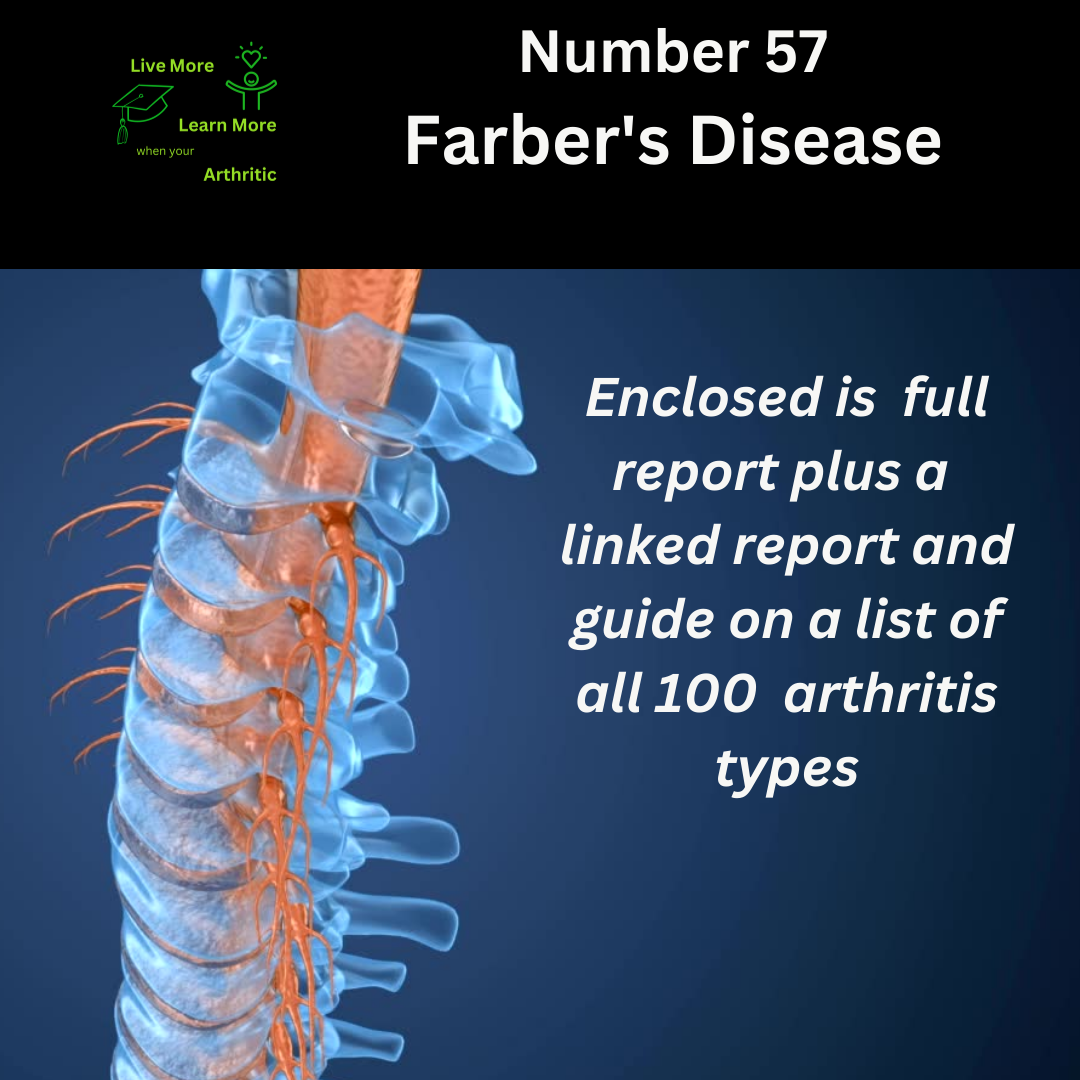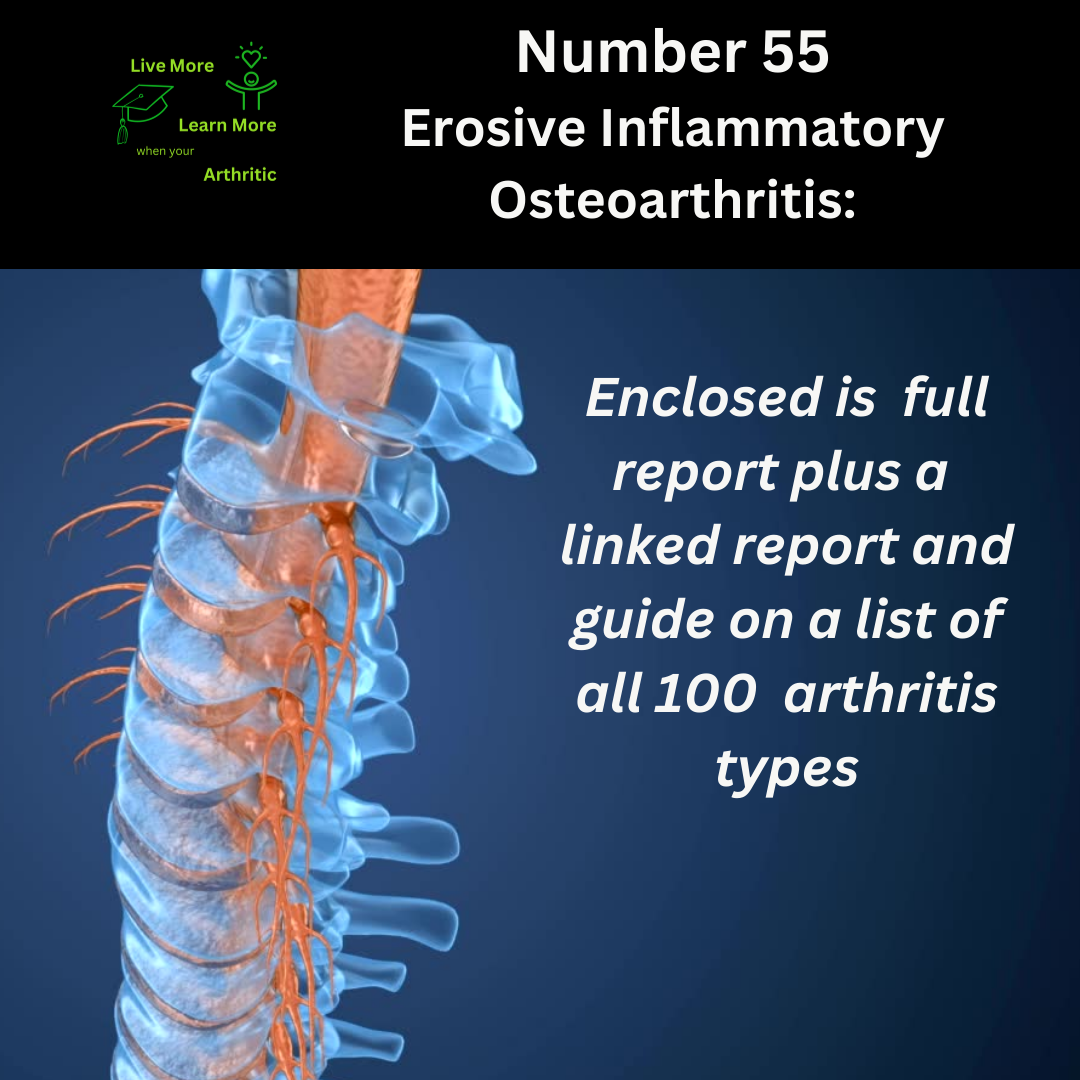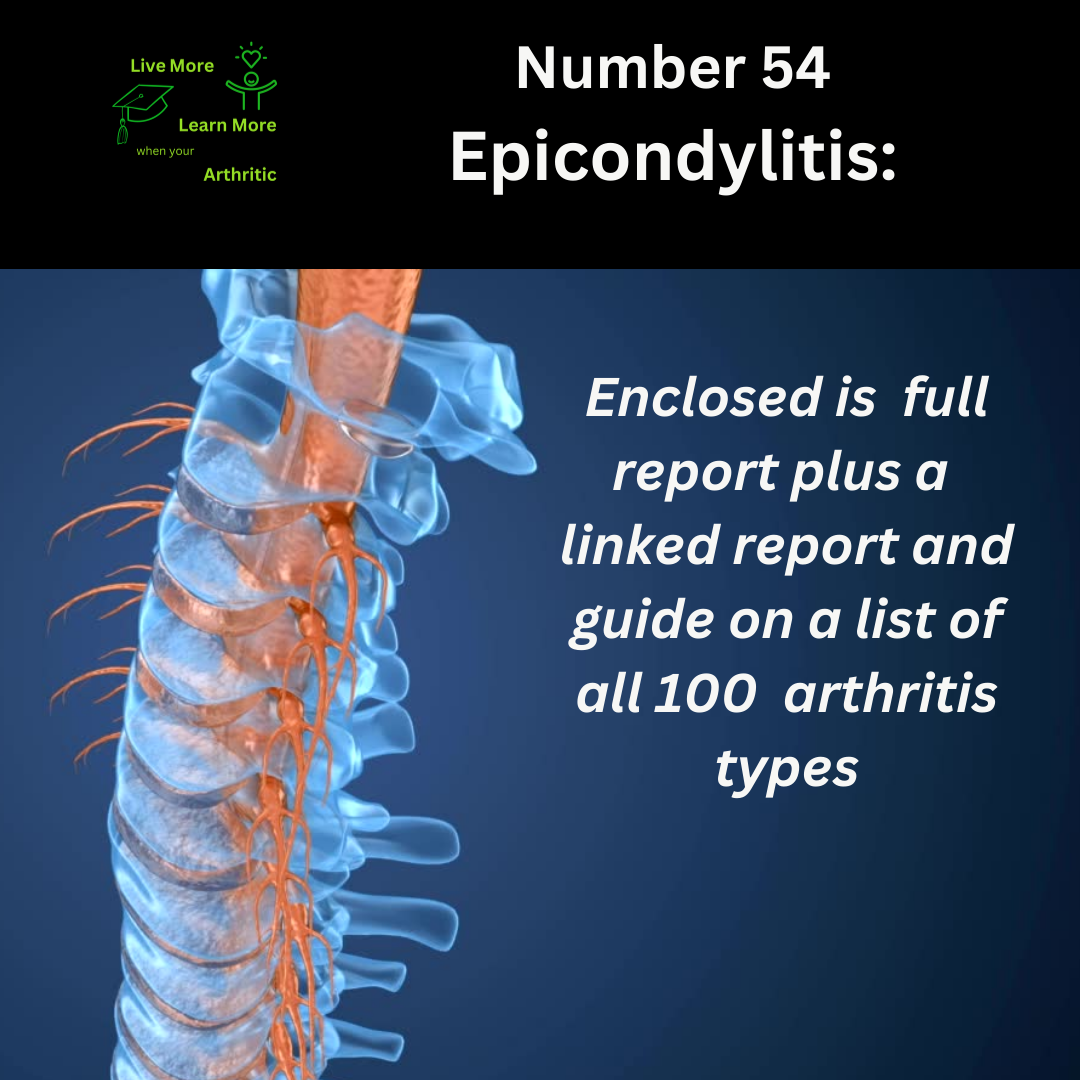Arthritis Care
The goal of treatment is to provide pain relief, increase joint mobility and strength, and control the disease as much as possible.
-
What Causes Increased Dental Issues with Arthritis?
Arthritis is already the unwelcome guest that crashes the body’s joint party, and now it turns out, it’s been sneaking into your mouth, too. Dental issues linked to arthritis are more common than you might expect, and they’re as delightful as a flat tire on a rainy day. So, what’s causing this unfortunate partnership between arthritis and dental problems?
For starters, arthritis, particularly rheumatoid arthritis (RA), is an autoimmune disease. That means the immune system, rather than just fighting off infections, gets a bit overzealous and starts attacking its own tissues. This misfire extends to other parts of the body, including the mouth. Studies show that people with RA are more likely to suffer from gum disease (periodontitis), tooth loss, and jaw joint issues (temporomandibular joint disorders or TMJ). The inflammation from arthritis doesn’t just stay confined to the joints—it finds new places to wreak havoc, including the gums.
Now, for the pièce de résistance: mobility. Arthritis can make it harder to hold a toothbrush and floss properly. So, even if someone with arthritis is fully aware of the importance of dental hygiene, the physical act of brushing and flossing can be like trying to play the piano with mittens on.
And guess what? Dry mouth, another charming symptom of some arthritis-related conditions and medications (although we’re not diving into those here), reduces saliva production, which is essential for washing away bacteria. Less saliva means more bacterial buildup, which leads to—you guessed it—dental problems.
-
Immune Complex Disease: Number 59 on the list of 100 types of Arthritis
-
The Root Cause of Familial Mediterranean Fever
Familial Mediterranean Fever (FMF) is like a rogue wave crashing over the lives of individuals who inherit it. This hereditary inflammatory disorder mostly affects people from Mediterranean regions—Armenians, Arabs, Turks, and Sephardic Jews. FMF is caused by mutations in the MEFV gene, leading to periodic, unpredictable attacks of fever and inflammation, primarily in the abdomen, chest, and joints.
Sounds serious, right? Imagine going about your life when, suddenly, you’re hit with fever and excruciating pain, almost like having a full-body tantrum. The inflammation could last anywhere from 12 to 72 hours, and just when you think it’s over, it can come roaring back. If untreated, FMF can even lead to amyloidosis, a condition where an abnormal protein called amyloid builds up in organs, causing them to malfunction.
Now, you might be wondering, what does this mean for a person’s day-to-day life? FMF affects not just the body but the mind, spirit, and family ties, bringing a host of mental, emotional, and practical challenges along with its unpredictable physical flare-ups. But before diving deeper into its impact on people’s lives, let’s talk about the cutting-edge research being done to understand this condition better.
-
Familial Mediterranean Fever: Number 58 on the list of 100 types of Arthritis
-
What Helps with Arthritis? The Power of an Anti-Inflammatory Diet
Let’s face it: arthritis is a party crasher. One day you’re dancing around, kicking up dust like you’re in your twenties, and the next day your joints creak louder than an old wooden floor. And if you’re battling arthritis, you’re probably desperate for some relief that doesn’t involve swallowing pills the size of a small yacht. The good news? The secret weapon might just be sitting in your kitchen. Enter the anti-inflammatory diet—a powerful, natural, and long-term strategy for tackling arthritis. But before you roll your eyes and think, “Oh great, another salad,” stick with me. This isn’t your average rabbit food. We’re talking delicious meals that can help ease arthritis symptoms and make you feel good about what you’re eating.
-
Thyroid Problems and Arthritis: An Autoimmune Tug of War
Thyroid issues are like that one guest at a party who shows up uninvited and decides to stay longer than expected, often bringing along another pesky companion—arthritis. The intertwining of thyroid problems, especially autoimmune thyroid conditions, and arthritis isn’t just an unfortunate coincidence; it’s an intricate relationship that many of us are only now starting to understand. For some, it’s the harsh reality that having one autoimmune condition opens the door for another, like arthritis, to waltz in unannounced.
So, what’s the deal with thyroid problems, and why do they seem to have a not-so-subtle love affair with arthritis? Let’s dive in, clear the confusion, and have some laughs along the way.
-
Farber’s Disease: Number 57 on the list of 100 types of Arthritis
-
Methotrexate (DMARD) vs. Natural Remedies: A Comprehensive Look at Managing Arthritis
When it comes to managing arthritis, the battle between Methotrexate (a Disease-Modifying Antirheumatic Drug or DMARD) and natural remedies can be as fierce as a wrestling match between a lion and a lamb. But fear not! We’re here to break down the key differences, explore the long-term effects, and sprinkle in some humor to keep things light.
-
The Root Cause of Farber’s Disease
-
Exercise-Induced Compartment Syndrome: Number 56 on the list of 100 types of Arthritis
The Journey into Exercise-Induced Compartment Syndrome
Imagine you’re out for a brisk jog, feeling the wind in your hair and the rhythm of your footsteps. Suddenly, a strange tightness creeps into your lower leg, accompanied by a throbbing pain that refuses to let up—even after you stop. This might be your first encounter with Exercise-Induced Compartment Syndrome.
-
Is Rheumatoid Arthritis (RA) affecting your other organ’s and system – self check
Lets review each organ and system affected by Rheumatoid Arthritis (RA) and explore the significance of effective RA management in preventing complications.
-
Understanding Arthritis and Allergic Reactions:
Allergic reactions are like your immune system’s overenthusiastic response to a seemingly harmless substance. Picture your immune system as a bouncer at a club. Normally, it checks IDs and lets in only the VIPs (germs and pathogens). But sometimes, it mistakes a harmless guest—like pollen, peanuts, or pet dander—for a troublemaker. This mistaken identity leads to an overreaction: hives, itching, sneezing, or even more severe symptoms like anaphylaxis.
-
Erosive Inflammatory Osteoarthritis: Number 55 on the list of 100 types of Arthritis
-
Corticosteroids vs. Natural Remedies: A Battle for the Ages in Arthritis Care
Arthritis is like that one guest at your party who just won’t leave. They show up uninvited, and once they’re in, they make themselves comfortable in your joints, bringing along their favorite party favors: pain, swelling, and stiffness. When this unwanted guest shows up, you have a choice—either call in the big guns like corticosteroids (hello, Prednisone) or go the natural route with remedies your grandma might’ve recommended. But which one really wins in the fight against arthritis? Let’s break it down, with a dose of wit, humor, and some science-backed truths.
-
Epicondylitis: Number 54 on the list of 100 types of Arthritis
The Tale of Epicondylitis: A Real Pain in the Elbow
Description of the Disease: Epicondylitis refers to the inflammation of tendons that attach to the bony prominence (epicondyle) on the outside (lateral) or inside (medial) of the elbow. When these tendons become irritated or damaged due to repetitive motions, it can lead to pain and discomfort.
-
The Root Causes of Exercise-Induced Compartment Syndrome
Exercise-Induced Compartment Syndrome (EICS) might sound like a term from a medical textbook, but for those living with it, it’s a constant battle between passion and pain. Picture this: You lace up your running shoes, hit the pavement, and then, out of nowhere, your muscles feel like they’re being squeezed in a vise. The pain isn’t just discomfort; it’s intense, burning, and unrelenting. Welcome to the world of EICS.
EICS occurs when muscles swell during exercise, increasing pressure within a closed muscle compartment. This pressure buildup impairs blood flow and nerve function, leading to severe pain, swelling, and sometimes even numbness or paralysis. It’s most commonly seen in athletes, runners, or anyone who engages in repetitive physical activity. But the reality is that anyone can develop this condition, and it can significantly alter a person’s lifestyle.
-
Enteropathic Arthritis: Number 53 on the list of 100 types of Arthritis
- ArthritiCare, Arthritis Care, Arthritis News, Arthritis Pain, Osteoarthritis (OA), Rheumatoid Arthritis (RA)
Bone Fractures and Arthritis: A Tale of Interconnected Risks
Let’s start with a scenario: You wake up, stretch your aching joints, and hear that all-too-familiar pop. It’s the same sound your cereal makes, except it’s your body and not the breakfast bowl. As you try to stand, you feel a sharp pain. “Is it just arthritis again?” you wonder. But what if that pain is more than just arthritis? What if it’s a fracture?
-
Ehlers-Danlos Syndrome: Number 52 on the list of 100 types of Arthritis
- ArthritiCare, Arthritis Care, Arthritis News, Arthritis Pain, Arthritis Root Causes, Osteoarthritis (OA)
The Root Cause of Erosive Inflammatory Osteoarthritis
Erosive Inflammatory Osteoarthritis (EIOA) is a particularly aggressive form of osteoarthritis, a condition that typically involves the gradual wear and tear of cartilage within joints. Unlike regular osteoarthritis, which progresses slowly and is often seen as a part of aging, EIOA strikes with a vengeance, causing more rapid and severe joint damage. The condition primarily affects the small joints of the hands, leading to painful inflammation, swelling, and eventually, the erosion of bone. Imagine trying to open a jar or grip a pen while feeling like your joints are on fire—that’s what living with EIOA can be like.
EIOA often begins in middle age, with women being disproportionately affected. It’s a cruel twist of fate that turns everyday tasks into painful challenges. The disease progresses in phases, starting with inflammation and pain, followed by the destructive phase where the cartilage deteriorates, leading to bone exposure and, eventually, deformity. The hands become less functional, and the simplest tasks—writing, typing, or even holding a coffee cup—can become torturous. EIOA is not just about physical pain; it’s an emotional battle as well. The frustration of losing the ability to perform basic tasks can lead to feelings of helplessness and despair.







